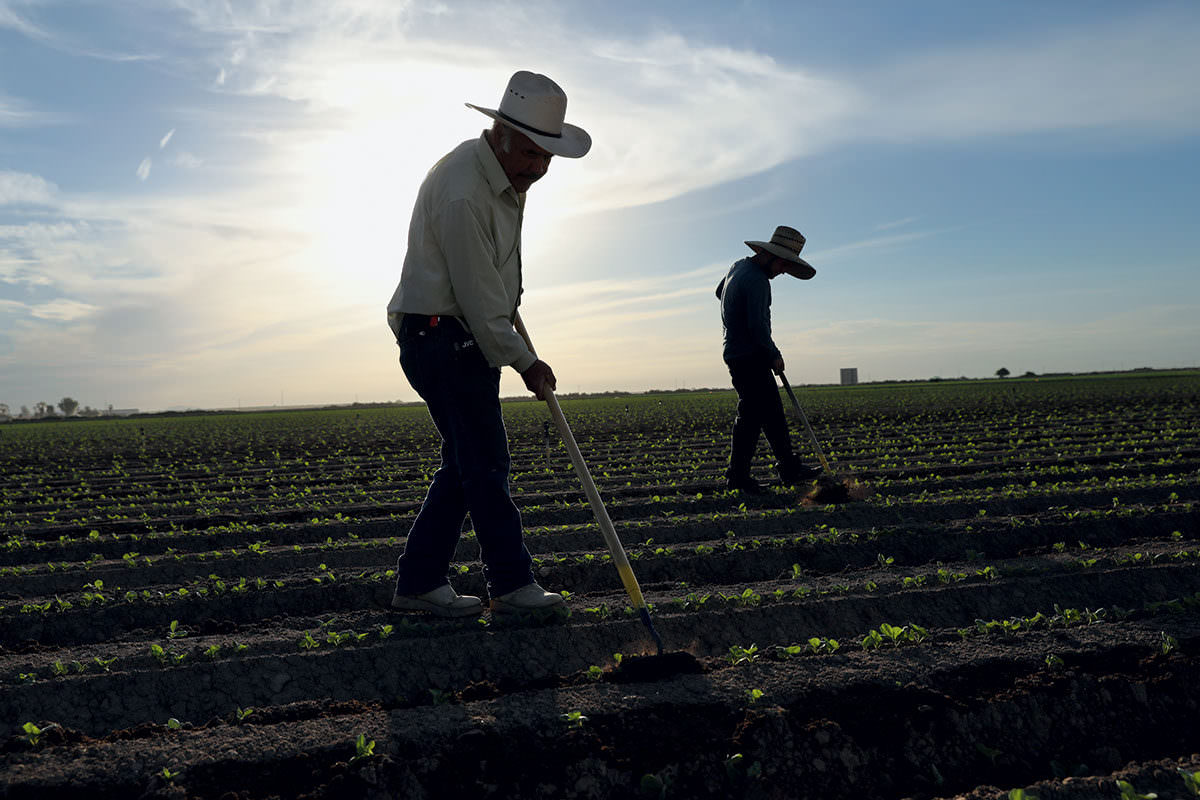In a move likely spurred by the Trump administration’s adoption of new environmental guidelines governing its operation of the Sacramento-San Joaquin Delta, the Newsom administration announced Tuesday it was taking action to reorient its share of managing the Delta.
Concatenated in bureaucratic documents, a clear message has arrived: the era of coordination between the state and Federal government is likely over.
Officials with California’s Department of Water Resources and Department of Fish and Wildlife briefed legislators and members of Congress on details of a newly-issued “incidental take permit” – a document laying out operations of the Delta that may impact endangered species – before releasing it to the public.
The issuance of this new permit follows a lengthy, two month preview by Newsom administration officials of a potential response to moves made by the Bureau of Reclamation and U.S. Fish and Wildlife Service to issue new biological opinions for the Federally-managed Central Valley Project.
However, the newly-issued permit dramatically changes how California operates its water infrastructure.
A major change in operations is centered on which agency holds the final authority to make pumping decisions from the Delta to water users in the southern San Joaquin Valley and into southern California.
Currently, the Department of Water Resources makes such decisions, in coordination with the U.S. Bureau of Reclamation.
Under the new permit, that authority has been ceded to the state’s Department of Fish and Wildlife.
The permit “[g]ives DFW final decision-making authority to restrict operations that harm endangered species,” a PowerPoint presentation issued to state legislative staffs reads.
Additionally, officials with Water Resources and state Fish and Wildlife told legislators that, as part of its operations, it would likely generate increase outflow of water from the Delta to the Pacific Ocean in both the spring and summer.
Central Valley water users have ballparked the amount of water likely to be diverted from being delivered to water users throughout the State Water Project system – which spans from the Bay Area to San Diego – could be as much as 200,000 acre-feet of water per year for the 10-year span of the permit.
Federal officials, currently embroiled in litigation initiated by Gov. Gavin Newsom and California Attorney General Xavier Becerra, expressed restrained disappointment over
“Our first impression of the just-released Incidental Take Permit is that the State’s differing approach from the 2019 National Marine Fisheries Service and U.S. Fish and Wildlife Service’s Biological Opinions is unfortunate, as it is likely to create challenges for operating the Federal Central Valley Project and State Water Project in an already difficult water year,” Reclamation spokeswoman Mary Lee Knecht said.
Meanwhile, the State Water Contractors – an association of the water users utilizing the State Water Project – announced its opposition following the release of the permit. The largest single district within the Contractors is Metropolitan Water District of Southern California.
“Although we are still reviewing the Permit issued by Fish and Wildlife and are assessing our options, the SWC and its member agencies do not support the permit conditions, which fail to incorporate the best available science, burden ratepayers with obligations far exceeding the impacts of water operations and will make compliance with the Sustainable Groundwater Management Act and climate change adaptation substantially more difficult,” State Water Contractors general manager Jennifer Pierre said in a statement.
“We are disappointed that DWR is moving forward with a project that imposes restrictions far beyond the impacts of SWP operations.”










